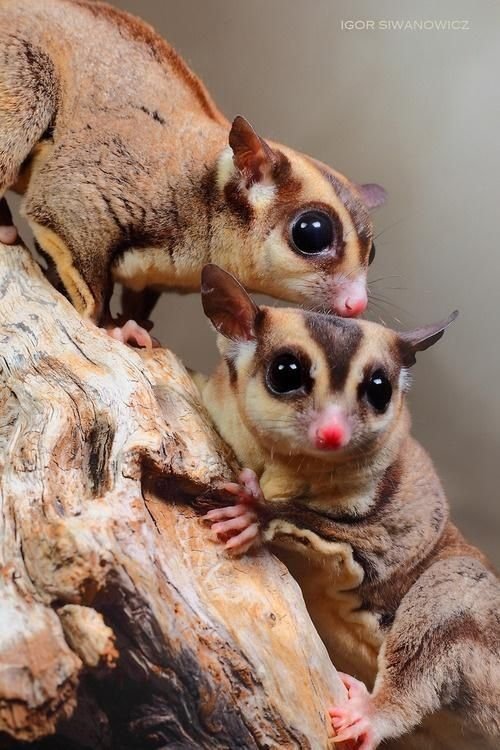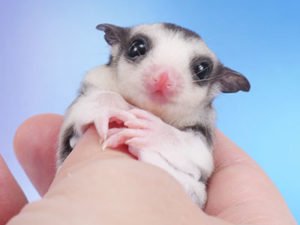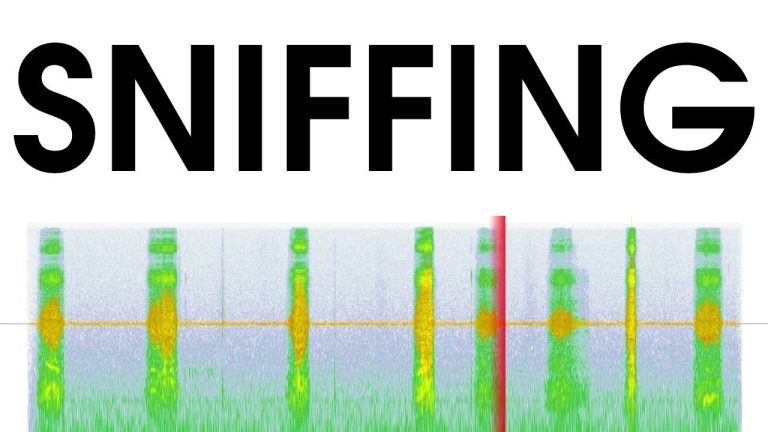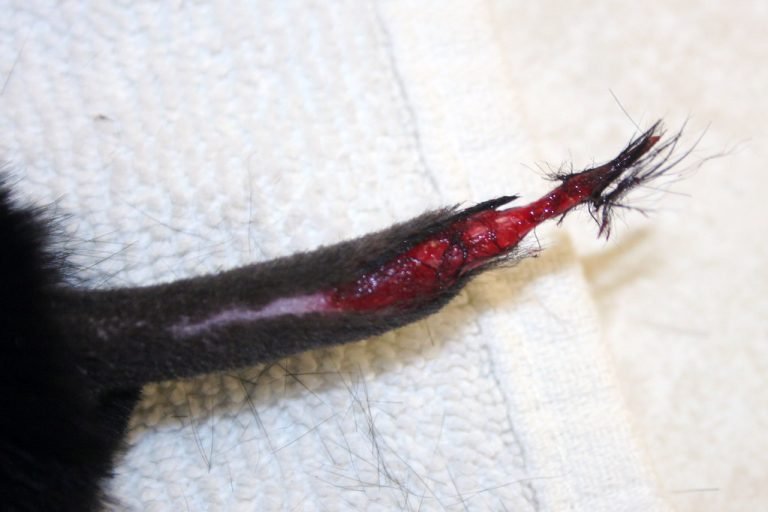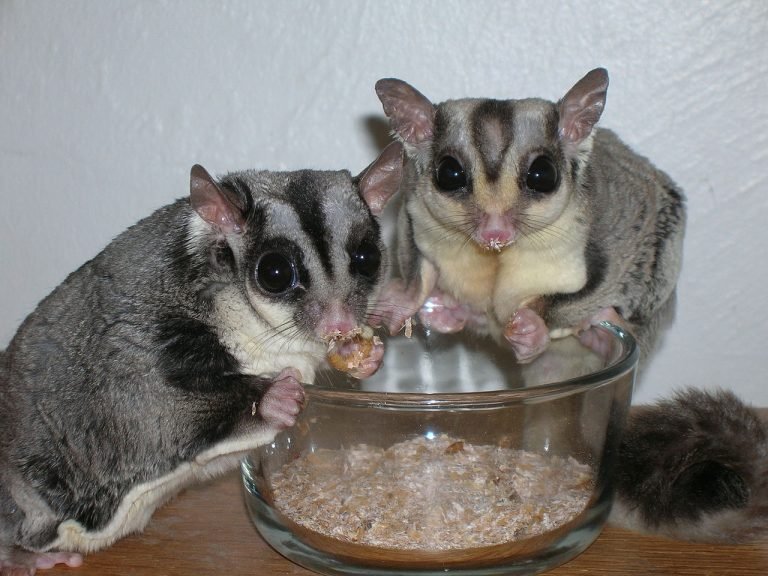Are Sugar Gliders Primates
Are Sugar Gliders Primates?
Sugar gliders are small, adorable creatures that belong to the marsupial family. They are often mistaken for rodents because of their size and appearance, but sugar gliders are not primates. In fact, they are a type of possum.
So, what exactly are sugar gliders? Let’s dive deeper into their characteristics, behaviors, and evolution to understand these fascinating creatures better.
The Classification of Sugar Gliders
Sugar gliders are classified under the scientific name “Petaurus breviceps” and belong to the family Petauridae. This family includes several other species of gliding possums. While some possums are nocturnal, sugar gliders are one of the few species that are both nocturnal and arboreal, meaning they spend most of their lives in trees.
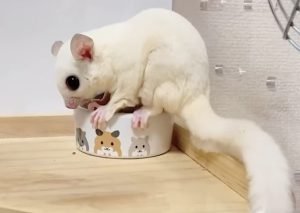
Physical Features
Sugar gliders have many unique physical features that set them apart from primates. Here are a few notable characteristics:
Tail
One of the most distinctive features of sugar gliders is their long, bushy tail. This prehensile tail allows them to balance while gliding through the trees. It also helps them change directions and control their movements mid-air.
Membrane Wings
Sugar gliders have a thin membrane of skin called the patagium that extends from their wrists to their ankles. This patagium allows them to glide effortlessly through the air, much like a small flying squirrel. Their gliding abilities make them incredible acrobats and enable them to travel long distances without using too much energy.
Size and Appearance
Sugar gliders are small creatures, growing to about 5 to 6 inches in length, not including their tail. They typically weigh between 3 to 5 ounces. They have large eyes, a pointed snout, and rounded ears. Their fur is soft and usually comes in shades of gray, with a cream-colored belly.
Behavior and Lifestyle
Sugar gliders are highly social animals and live in small family groups called colonies. They communicate with each other through vocalizations and various scent-marking behaviors. They are known for forming strong bonds within their colony and are particularly fond of grooming each other.
Glider Colony Structure
A colony of sugar gliders typically consists of an alpha pair (the dominant male and female) and their offspring. The alpha pair holds a central role in the colony dynamics, leading the group and making important decisions regarding foraging, nesting, and other activities. The other members of the colony assist in raising the young and contribute to the overall well-being of the group.
Gliding and Foraging
Gliding is an essential part of a sugar glider’s lifestyle. They use their patagium to glide from tree to tree in search of food, water, and safe places to rest. Their diet primarily consists of nectar, fruits, insects, and small vertebrates. Due to their gliding abilities, sugar gliders can access food sources that other ground-dwelling animals may find challenging to reach.
Nocturnal Nature
Sugar gliders are primarily nocturnal, which means they are most active during the night. Their large eyes, well-adapted to low light conditions, give them excellent vision in the dark. While they spend the daylight hours resting and sleeping in their nests, they become lively and energetic as the sun sets.
Evolutionary History
Sugar gliders are believed to have originated in Australia, New Guinea, and Indonesia. They have a fascinating evolutionary history that dates back millions of years. Research suggests that sugar gliders share a common ancestor with kangaroos and possums. Over time, they developed unique adaptations, such as gliding, to help them survive in their forested habitats.
Marsupial Relatives
Although sugar gliders are not primates, they do share some similarities with primates due to their shared evolutionary history as marsupials. Marsupials, a distinct group of mammals, are characterized by their unique reproductive system. They give birth to relatively undeveloped young, who then crawl into the mother’s pouch to complete their development.
Frequently Asked Questions
Now that we have covered the basics of sugar gliders and clarified that they are not primates, let’s address some common questions about these intriguing creatures.
Q: Are sugar gliders good pets?
A: Sugar gliders can make wonderful pets for the right owner. However, they require specific care and attention to ensure their well-being. It’s essential to research and understand their needs, including dietary requirements, socialization, and habitat setup, before considering them as pets.
Q: Can sugar gliders be trained?
A: Yes, sugar gliders can be trained to some extent. They are intelligent animals and can learn simple commands and tricks. However, training requires patience, consistency, and positive reinforcement.
Q: Do sugar gliders need a companion?
A: Sugar gliders are highly social animals and thrive in the company of their own kind. It is recommended to have at least two sugar gliders to provide them with the social interaction they need. However, proper introductions and socialization are crucial for a harmonious colony.
Final Thoughts
Sugar gliders may not be primates, but they certainly share some intriguing characteristics with these distant relatives. Their gliding abilities, social behaviors, and unique adaptations make them fascinating creatures to observe and learn about. By understanding their classification, physical features, behavior, and evolutionary history, we can appreciate the wonder of sugar gliders and their place in the animal kingdom.

